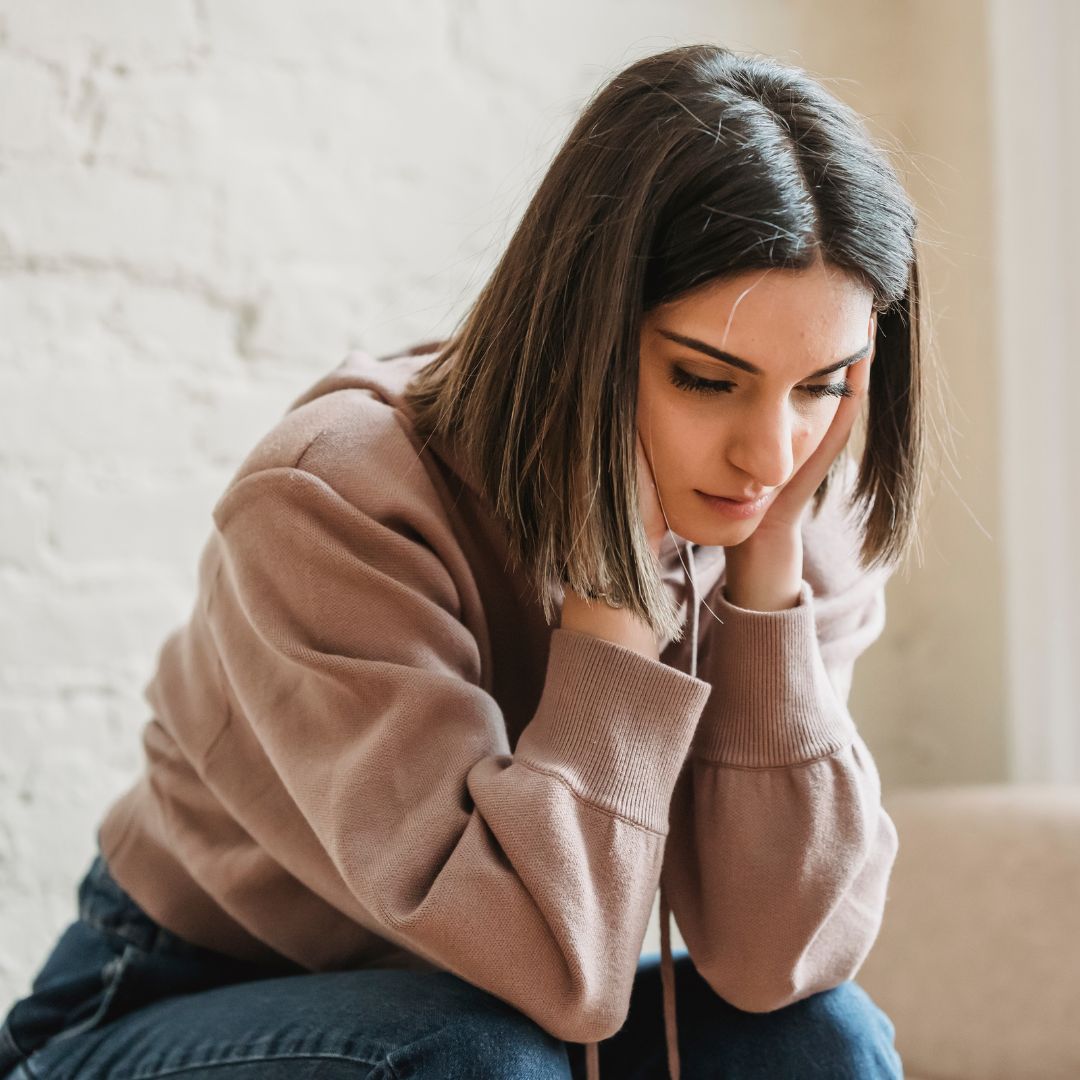Love and Loneliness in the City: How Urban Life Shapes Our Hearts and Minds

"The eternal quest of the human being is to shatter his loneliness." — Norman Cousins.
Introduction
Lost in the city haze, rushing to catch a metro. Notifications flood your phone. Friends are a call away, but you haven’t spoken to them in weeks. You attend social events, but feel unseen.
If you’ve ever felt this way, you’re not alone.
A recent 2023 survey by the World Economic Forumfound that over 40% of urban dwellers in major cities like Mumbai, Delhi, and Bangalore reported feeling chronically lonely, despite being surrounded by millions. In cities built to connect us, many still search for that elusive feeling of belonging. Amid the growing reports of increased loneliness since the onset of the COVID-19 pandemic, experts warn that, without intervention, it could escalate to epidemic levels by 2030.
This blog explores the emotional paradox of urban life—how cities shape our ability to love, connect, and be truly seen. We’ll explore the psychological roots of city-induced loneliness, practical ways to nurture meaningful relationships, and the emotional transformation possible when we shift from surviving to thriving in the metro maze.
What Is Loneliness? The Silent Epidemic of City Life
Loneliness is not merely the absence of people—it is the absence of meaningful connection. Psychologists define it as a subjective feeling of isolation, even when surrounded by others. While it can affect anyone, urban loneliness is increasingly seen as a public health concern.
The speed and structure of city life can erode the social fabric. People often migrate for jobs, leaving behind support systems. Apartment complexes replace close-knit communities. Commuting for hours, juggling long workdays, and enduring noisy surroundings all contribute to chronic emotional exhaustion. Over time, this becomes more than just burnout—it morphs into disconnection.
The Harvard Study of Adult Development, the world’s longest-running study on happiness, shows that the quality of relationships is a better predictor of well-being than income, career success, or physical health. In urban centres, the irony is stark: millions live side by side, yet struggle to form these nourishing bonds.
Urban Love: Fast Matches, Fleeting Connections
The digital dating boom has redefined how people seek love in cities. Apps like Tinder, Bumble, and Hinge promise endless options—but often deliver shallow encounters. Swipe culture encourages instant gratification, but rarely fosters long-term intimacy. The abundance of choice can paradoxically make people more selective and less satisfied.
Many people feel emotionally drained after months of ghosting, casual flings, and failed talking stages. The rise of "situationships"—ambiguous romantic arrangements without clear labels—is another symptom of the commitment-avoidant city lifestyle.
The pressure to project an idealised version of oneself online also adds to the emotional fatigue. Social media portrays curated glimpses of happy relationships, creating unrealistic expectations and amplifying feelings of inadequacy.
- Digital Closeness vs. Emotional Distance
Technology does enable us to connect more than ever, yet the connection often lacks depth. A WhatsApp message or an Instagram direct message may not substitute real conversations. Over time, this digital closeness can create emotional distance.
In a study, it was seen that heavy social media users reported greater feelings of social comparison and isolation. The constant virtual noise of city life can drown out genuine emotional presence.
True intimacy requires vulnerability, time, and attention—all of which are scarce resources in metro living.
Living Solo in India: Independence or Invisible Isolation?
Living alone is often associated with freedom, especially for urban professionals. There’s dignity in solitude—being able to come home to silence, decorate your space, and live on your terms. But independence can blur into isolation when not tempered with connection.
Census data shows a rise in single-person households across Indian metros. For women, particularly, solo living is an empowering choice. But the absence of daily emotional exchanges—shared meals, casual chats, or physical touch—can gradually lead to emotional numbness.
Even when friends are available, aligning schedules becomes difficult. Over time, solitude can become the default, not the choice. Many people realise their loneliness only when faced with a crisis—an illness, a bad day, or a personal loss—when there’s no one to call.
Coping with the Noise: Therapy and Mindful Moments
The first step toward healing urban loneliness is recognising it. Too often, loneliness is buried under work deadlines, social media scrolling, or endless entertainment. But beneath the overstimulation lies a deeper emotional hunger—for meaning, companionship, and peace.
Therapy offers a safe, confidential space to process these feelings. Whether it's through one-on-one sessions, group therapy, or online platforms like Soulnirvana, urban Indians are increasingly turning to therapy. Choosing the best mental health professionals is a major priority when seeking therapy. Talking to a therapist can help untangle patterns of disconnection and build emotional resilience.
Mindfulness practices—such as journaling, nature walks, deep breathing, or even quiet coffee mornings without screens—can also help. They bring you back into the present moment and create space for emotional clarity.
How to Build Love and Connection in a Fast-Paced City
Here are some actionable ways to foster connection, even amidst the chaos:
- Join community spaces: Dance classes, book clubs, running groups, or volunteer initiatives can help you meet like-minded people.
- Be intentional about friendships: Schedule regular check-ins, share what’s really going on, and show up consistently.
- Design digital boundaries: Unplug during meals, remove notifications, and prioritise face-to-face conversations.
- Reconnect with yourself: Practice self-compassion. Building inner safety makes external connections easier.
- Seek quality over quantity: One deep conversation is more healing than 20 surface-level chats.
Urban Healing Tip:
Set a “connection ritual” each week—call one friend, write a letter, or plan a simple meetup. Relationships need deliberate tending, especially in cities that leave little room for spontaneity.
Conclusion
Urban life brings freedom, ambition, and endless possibilities—but it also requires intentional emotional work. The very infrastructure that supports growth can, paradoxically, alienate us from the connections that make life fulfilling.
But the truth is this: even in a city of millions, a real connection is possible. When we slow down, reflect, and choose to show up authentically—in love, in friendship, and in selfhood—we create intimacy even amid the noise.
Let us not merely survive urban loneliness but learn to navigate it with courage, community, and therapy with personalised therapy care plans. In doing so, we begin to transform our cities, not just as places we live in, but as spaces that nourish our hearts and minds.
Sources
- World Economic Forum. (2023). Urban Loneliness and the Need for Human Connection. -Cities drive global prosperity – but the way they do that is changing | World Economic Forum
- Loneliness 2030 - Overcoming loneliness and social isolation in the UK - Vodafone-Loneliness-2030-Report-Final.pdf
- Harvard Study - Harvard Second Generation Study
- Social Media Use and Perceived Social Isolation Among Young Adults in the U.S - Social Media Use and Perceived Social Isolation Among Young Adults in the U.S - PMC
- Census Data on a rise in single-person households across Indian metros - Census 2021 | Government of India,Census 2021 | Government of India

Ms Sonali Sikdar
Ms Sonali empowers individuals to grow, heal, and align their careers with their inner calling.
Related Blogs
No related blogs available.
